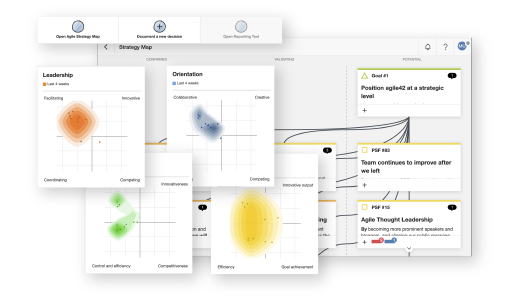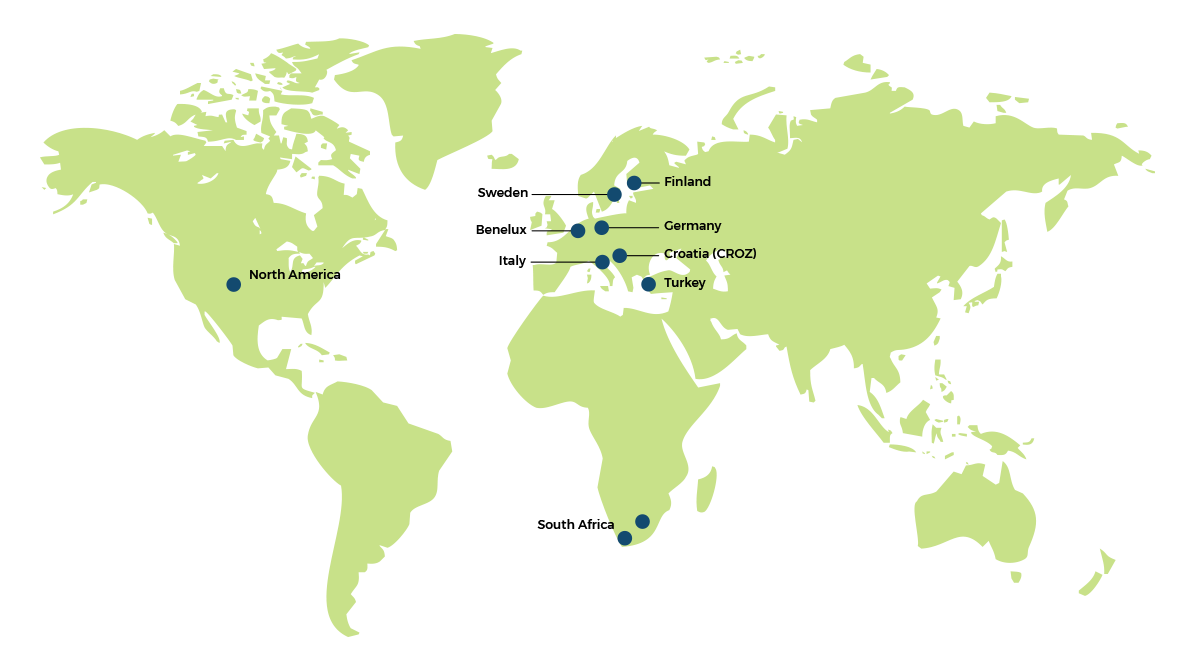Organisational culture and Why it matters

I noticed an article in the news the other day about the toxic culture in one of South Africa’s large organisations. The article was speaking about how that toxic culture was impacting the bottom line of the company. People were too scared to share and speak about problems, and so problems only came to light at the last minute. When this happens it makes problems much more difficult and expensive to fix.
How culture impacts more than we can see..

Photo by Mostafa Meraji on Unsplash
A culture of fear is not the only culture that can have this level of impact. Cultures of blame can be similar. I work with many organisations, where the first thing that people ask when there is a problem, is who’s fault is it. Now we want people to take accountability for their actions, but I don’t believe that this behaviour is getting anyone closer to that. What happens when we ask “Who?” instead of “How can we fix this?”, is that we just trigger people’s defences. What is the first thing a kid says when we ask: “Who did this?”
It’s an entrenched behaviour born from a place of wanting to protect ourselves in some way from punishment. In a punishment and reward system, this is going to be the reaction. If on the other hand we start asking: “How are we going to fix this?” and “Who will we need to be involved?” and, “What could we try that we haven’t tried before?” or “How can we reduce the impact of this”, we are galvanising action instead of inaction and defensiveness.
A senior leader in an organisation I was once coaching in, had a tendency to shout and scream at his Exco and tell them how crap they were. He would then start shouting about how they needed to create a safe to fail environment for their people, so that they encouraged experimentation and improvement. The behaviour was so opposite to the words, that it held no weight and offered no lasting integrity.
Another leader didn’t create space or listen to the thoughts of his management team. The conversations that they had when he was in the room were almost opposite to the ones they had when he left. They didn’t feel comfortable speaking the truth when he was around and he wasn’t able to hear them even when they tried. Imagine if your team couldn’t be honest with you.
These are just two of many examples of how culture can impact an organisation.
So how do organisations typically go about culture change?

Photo by Gabriel on Unsplash
What I notice is that companies are paying more attention to their culture and how it impacts the bottom line. I too have had experience in cultures where people are afraid to speak their minds to say things and so they don’t. Such cultures of fear are currently costing companies billions. And we are getting to a point where we can quantify these things. It’s harder to quantify the savings and the profits when things go well and I think that is why people haven’t paid as much attention to it, but now when we can see billions of dollars in waste, it’s a problem worth solving.
My experience of how organisations approach this kind of change initiative is that they involve some plan and then a ”rollout” of the change. It is often structured as a project. When this is the case there is almost always a budget and a deadline involved and someone who is tasked with managing it all. Most of this is created to control the outcomes and not overrunning the budget, and very little to support the behaviour shifts that are needed. None of these are suited to changing culture in a complex space. Planning and executing on outcomes is appropriate if we have high levels of predictability and low uncertainty. But, in complex domains (Cynefin) characterised by low predictability and high uncertainty, we need to ’nudge’ the system by running multiple safe to fail experiments.
Nevertheless, it seems that most culture-shifting initiatives are trying to “roll-out” desired behaviour changes based on chosen values, and in my experience, are largely unsuccessful.
As Jerry Weinberg used to say “you can make a herd of Bison go anywhere you want, as long as they want to go there.”
Leadership behaviour’s impact on culture.

Photo by Mostafa Meraji on Unsplash
Leadership behaviour probably has the most significant impact on culture. What I often see are beautiful values on the wall about trust and integrity, customer centricity and autonomy, and the leadership behaviours that I observe are in direct conflict with those values. We need to start from the top and with ourselves if we want to change a culture.
If we keep looking at culture as something we can abdicate responsibility for. If we keep thinking that is just the values we have on the walls, then we aren’t going to be changing anything.
Culture is something that can be observed and not explicitly created. Why is that? Well, culture is the result of multiple complex human interactions within the system; it co-evolves with the system itself and forms part of the context in which things happen daily, influencing outcomes. It is observable through the habits, stories, behaviours and rituals which are, in a way, the products of culture. It’s the ”How we do things around here”. It’s characterised by a few factors, for example, leadership attitude, orientation towards work, theory of effectiveness which is how people believe that the company will be successful, and value drivers. The latter are usually the last characteristics to change, as they follow the others. It is intuitively understandable that one’s value system will change after a significant validated experience that new value drivers are worth believing in and acting upon.
What to do about it?

Photo by Dylan Nolte on Unsplash
There are a few ways of doing this. Most of the culture models start with self-assessments. This is a beneficial starting point because it allows us to see where the culture is. It is also a great way to spark a conversation. Once we have some idea of where we are, we can start to create experiments to see if we can discern observable changes in behaviours, habits and rituals. Some of these will have our own inherent human biases baked in, hence it is important to have multiple diverse views of any given context to help with that. Once we have some data, we can measure changes in that data, and see if anything is different.
Micro narratives and storytelling.

Photo by Fahrul Azmi on Unsplash
Another way of doing this is through narrative, by using micro narratives as a constant scan. Stories are how we interpret and share the “How we do things around her”’. Think about what you tell your spouse or your friends about what happened at work, and what you tell your colleagues. You are often sharing the stories of rituals, behaviours, rewards and recognition and frustrations. These stories told over time contain patterns. If we are deliberate about collecting these stories we can start to access the data and the patterns.
If we are explicit about telling stories about how decisions get made in our organisation for example, we can start to see patterns emerging on decision- making practices.
If we overlay these patterns on a culture model we can start to see where our culture currently sits and over time what shifts are taking place.
Once we have this information, we can experiment and do a continuous scan to see if anything is changing. We can also compare different areas of the business to each other in order to see if things are changing faster in one area or at all. Maybe we are only running an experiment in one department with one leader and in this way we can see a direct change.
In short, our culture plays a big part in how we get things done in organisations. In a world of higher uncertainty and risk, we need to create cultures of flexibility and adaptability. Culture can’t be designed; we need to ’nudge’ a system by trying many different things and measuring if they have an impact. Finally, it helps to know where we are so that we can start to see where we are going.







